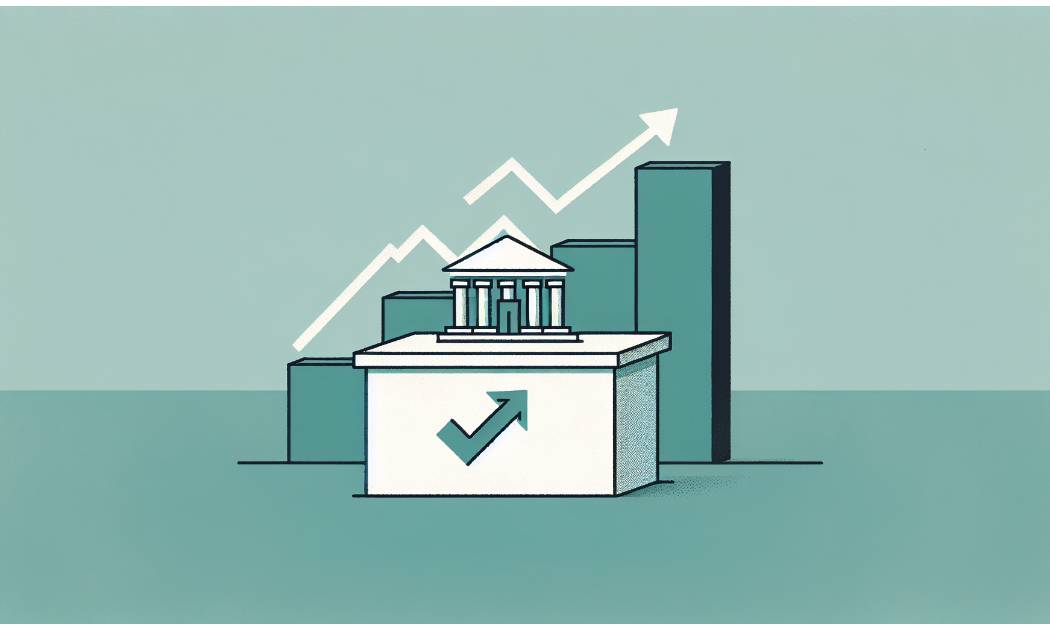Cleveland Fed Chairman Hamake (Beth Hammack said Wednesday that current conditions still support continuing to shrink the Fed's balance sheet, but she also stressed that in a highly uncertain environment, now is not the time to change monetary policy.“This is not a good opportunity to take the lead in monetary policy action”, she noted, currently needs to be patient and observe data changes before taking interest rate actions.
Hamack elaborated on the Fed's balance sheet at the New York University meeting of money market practitioners. She said:"It seems that there is still a reserve in the system that is far beyond the adequate level, so there is no need for active management"。
With the Federal Reserve's balance sheet shrinkage (a process widely known as quantitative tighteningQT) continues to advance, Hamak warned that maintaining excessive Fed positions may bring financial stability risks."Although the huge balance sheet and excess reserves can curb money market volatility, it will also encourage risk-favorable behavior in the financial market."。
Hamak believes that over time, the Fed may need to take temporary market interventions to manage short-term volatility.“In some situations, the Fed may need to inject temporary liquidity,” she said, “even so,Nothing can prevent the New York Fed from using standard tools such as open market operations to maintain the federal funds rate target range——Even if the reserve is sufficient”。
The Federal Reserve decided last month to significantly slow down the share reduction of Treasury bonds and mortgage-backed securities. sinceSince 2022, the Fed has allowed its bonds to mature without reinvestment, and has slowed down its balance sheet twice to ensure that liquidity is not withdrawn too quickly. Hamak expressed support for this, saying that although there are still sufficient reserves in the system for continued reduction,“By slowing down the reduction, we will be able to keep this process going for a longer time”. She particularly emphasized:"This slowdown does not mean that the balance sheet size will be permanently greater than the level when it is not slowed down."
passIn the QT process, the Federal Reserve is gradually retracting the liquidity injected during the COVID-19 pandemic. Bond purchases at that time were made to stabilize the market and provide stimulus, which had expanded the Fed's holdings to $9 trillion. After shrinking, the balance sheet has now dropped to $6.8 trillion. But it is unclear how much it can be reduced in the end. The ideal state the Federal Reserve hopes to achieve is to maintain sufficient liquidity to accommodate normal market volatility, and to firmly control short-term interest rate targets.
Hamak at the Federal ReserveRemarks before the March policy meeting showed that she had tended toward different paths to shrinking the balance sheet. In an interview with Reuters in February, she expressed her hope to maintain a stable QT pace and use repurchase operations to address the market's liquidity demand that may arise due to government cash management measures.
As Trump's reciprocal tariff policies repeatedly triggered sharp market fluctuations, attention to the Fed's balance sheet has heated up again. The pressure is so great that it even makes people wonder whether the Fed will have to stabilize the market by purchasing bonds if the trading order is really out of control.
In response, Hamak said that despite the drastic volatility, the market is still in an orderly state and investors can relocate their funds. She echoed the recent statements of Federal Reserve Chairman Powell:"I think the threshold for the Fed to intervene in the market must be extremely high - we only need to take action when the situation clearly shows that the market mechanism is invalid."。
















No comments yet